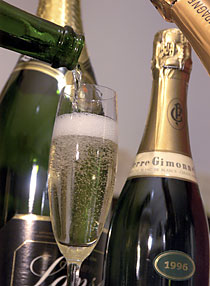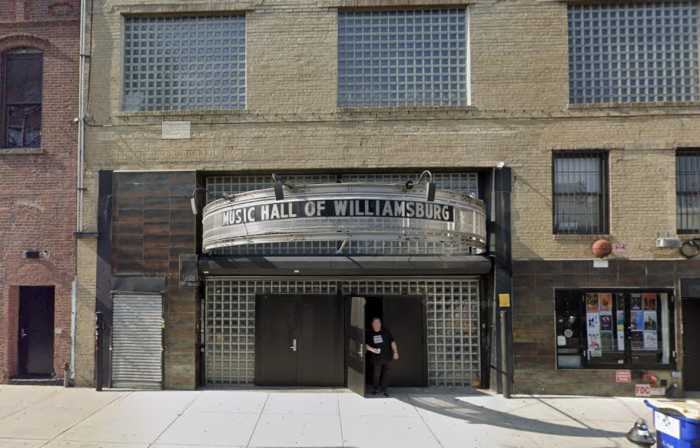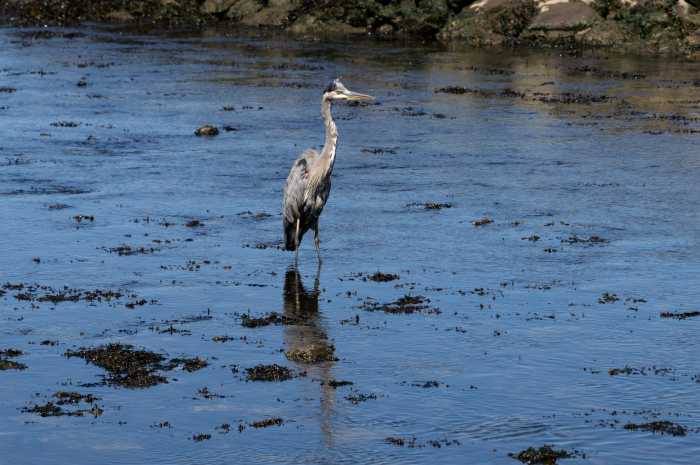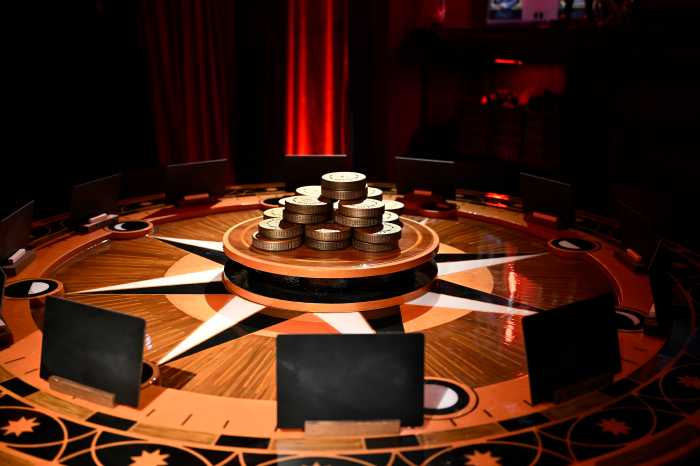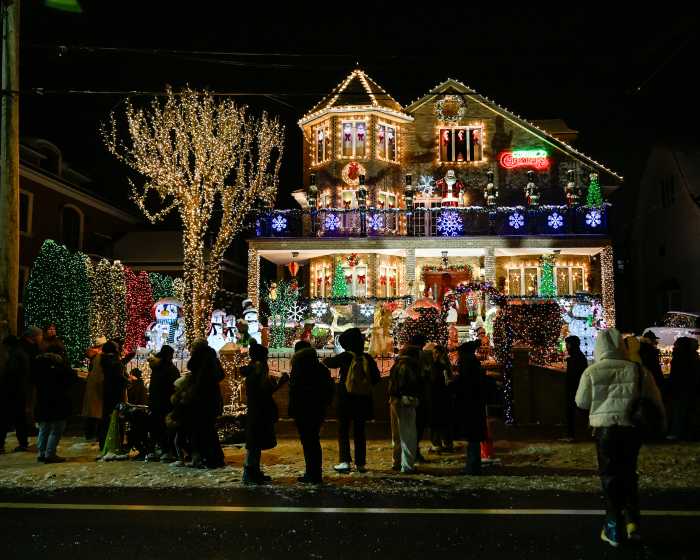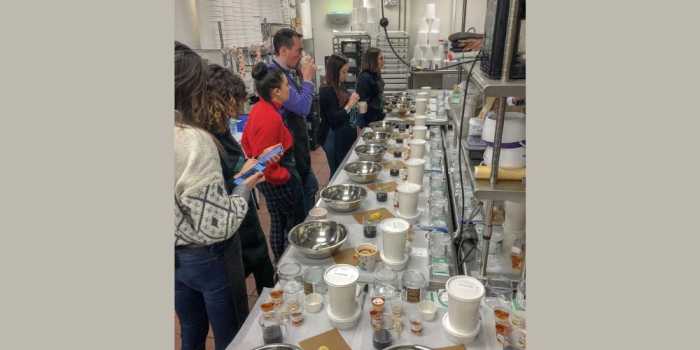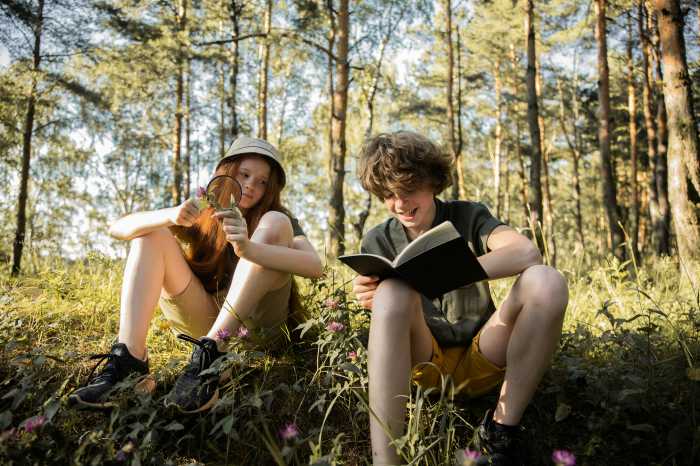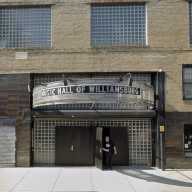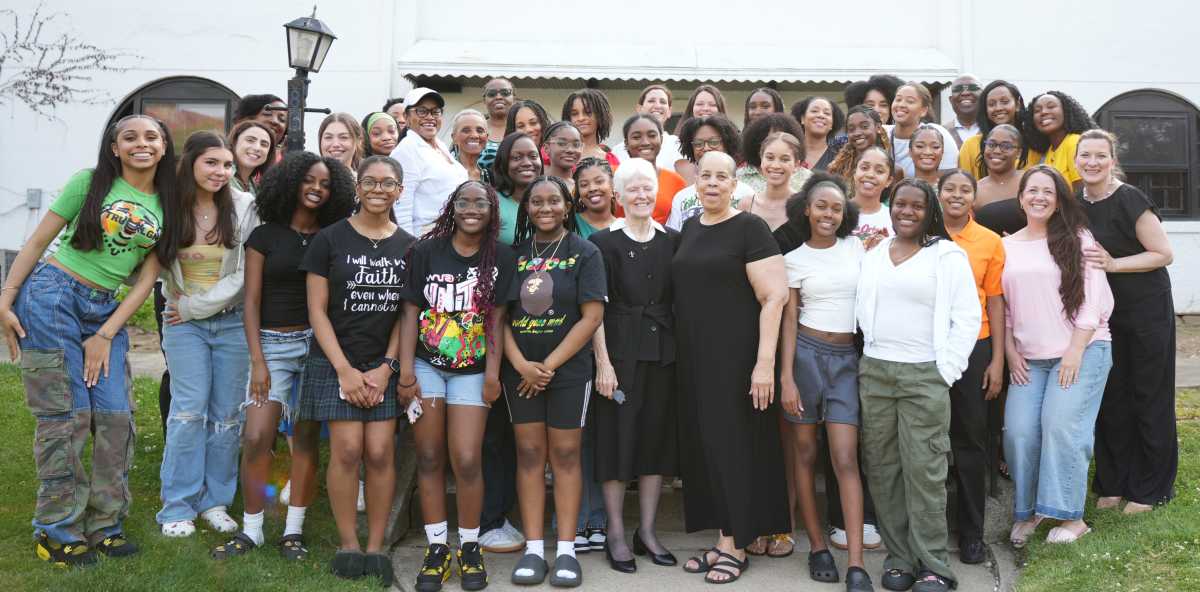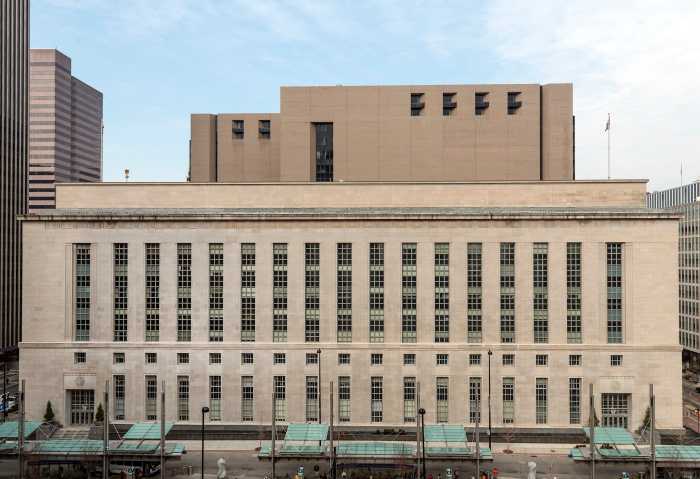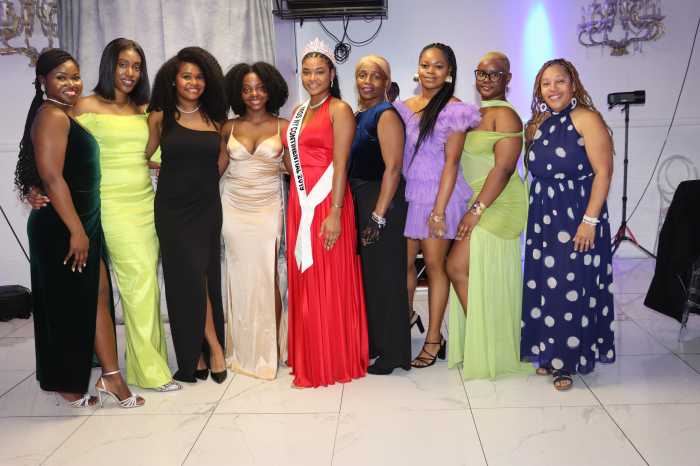The temperature has dropped, signaling
that New Year’s Eve – when friends and family come together to
share warmth and cheer – approaches. Chances are, some form of
sparkling wine will be poured.
Traditional champagne might be the first thing that comes to
mind – after all, it dates back to 17th-century France. It’s
often raised in toast at wedding receptions, and it’s what’s
in your glass when the ball drops on New Year’s.
The Russian Czars appreciated it, and even Madame de Pompadour,
mistress to King Louis XV of France, liked champagne. "[Champagne]
is the only wine that leaves a woman beautiful after drinking,"
she said.
Today champagne shares the stage with sparkling wines from around
the world. If you’re shopping for a sparkling wine, you’ll see
names like Prosecco from Italy and Cava from Spain. You’ll find
there are sparkling wines from Australia, California – even South
Africa.
Since only wines produced in the Champagne region of France can
be called champagne, the term "traditional method,"
or "classic method" (or a translation thereof) is often
used on labels to indicate that a sparkling wine has been made
in the fashion of champagne – most importantly, that it was fermented
in the bottle. So understanding a little about champagne can
go a long way towards understanding the nuances of the vast array
of sparkling wines.
Popular myth credits Dom Perignon, a 17th-century Benedictine
monk, with the invention of champagne, but the development can’t
be attributed to one person. Sparkling wine evolved over time.
Cold winters in the Champagne region often caused wine in the
cellar to stop fermenting until spring when a secondary fermentation
would start. The secondary fermentation created carbonation many
winemakers struggled to avoid. Eventually, they realized that
the secondary fermentation could be harnessed to make a refreshing
and wonderful wine that became known as champagne.
Bottle fermentation is what gives champagne and many sparkling
wines their character and individuality. The longer a sparkling
wine is allowed to ferment in bottle ("left on the lees")
before "degorgement" (when the spent yeast is removed),
the richer and more complex the wine.
After degorgement, the bottle is topped with a sweetened reserve
wine before being recapped. The amount of sweetness is indicated
on the label as Extra Brut – extremely dry with virtually no
sugar added; Brut (the most common style) – very dry, less than
1.5 percent sugar; Extra dry – which is slightly less dry than
Brut; and, increasingly sweet, Sec, Demi-Sec and Doux.
What to look for
Champagne is no longer just a drink for royalty. You can find
vintage champagnes from small estates at less than astronomical
cost. A champagne can be declared vintage only on years when
conditions yield an exceptional harvest, and it must consist
entirely of wine from that year.
For example, 1996 was a notable vintage year, and the ’96 Pierre
Gimonnet Blanc de Blanc ($55), is a fine example of an elegant
vintage champagne that can be had for half the price of more
familiar names like Veuve Cliquot or Roederer. A "blanc
de blanc" is made from 100 percent chardonnay grapes. This
one has an elegant complexity with notes of citrus and a subtle
finish. The Pierre Gimonnet spent six years on the lees. And
that’s evident in both its depth, and its 93 point score in "Wine
Spectator" magazine.
But don’t limit yourself to considering champagne. There are
a number of alternatives at a range of prices. Illuminati Brut
($29), a wonderful Italian "metodo classico spumante"
(which translates as "foaming"), is derived from indigenous
grapes grown on the Illuminati family estate in northern Abruzzo.
Three years on the lees imparts notes of brioche to this complex
sparkler.
Also from Italy, Prosecco is a popular sparkling wine. Its simple
– yet refreshing – taste makes it a perfect aperitif. Prosecco
undergoes second fermentation in pressurized tanks instead of
in bottle. This helps keep the cost down; Pisani, at $11, is
a good example. With the light and fruity body typical of Prosecco,
Pisani has honeysuckle and ripe peach aromas.
Spain has a celebrated sparkling wine called Cava. After visiting
France in the 1800s, José Raventós brought the
Champagne method to his estate in Penedès. The Ravéntos
family continues a tradition of excellence with L’Hereu de Ravéntos
i Blanc ($14), a bright, sparkling wine with a pale straw color.
Its year spent on lees imparts a nice essence of yeast balanced
by hints of lemon and apple.
Sparkling wine has even made its way to South Africa. Graham
Beck has been making it since 1991 at his Robertson Cellar on
the Western Cape. In 1994, his sparkling wine was served at Nelson
Mandela’s inauguration. The Graham Beck Brut ($16) spends two
years in the bottle and pours with a vigorous sparkle.
The wines mentioned here are only the tip of the iceberg, but
with this little bit of knowledge, you’ll be able to navigate
the bubbly at your local Brooklyn wine shop.
Ian Wolff is a manager
at The Greene Grape, located at 765 Fulton St. between South
Portland Avenue and South Oxford Street in Fort Greene. For more
information, e-mail wine@greenegrape.com or call (718) 797-9463.


